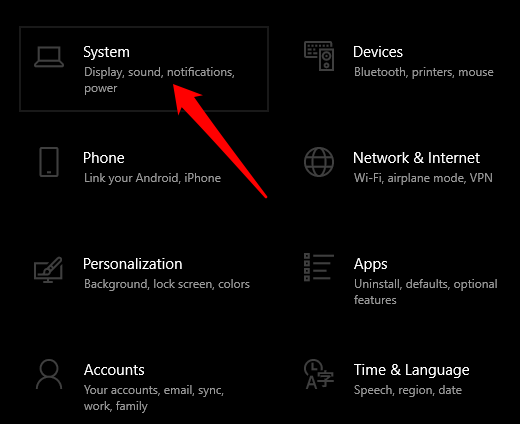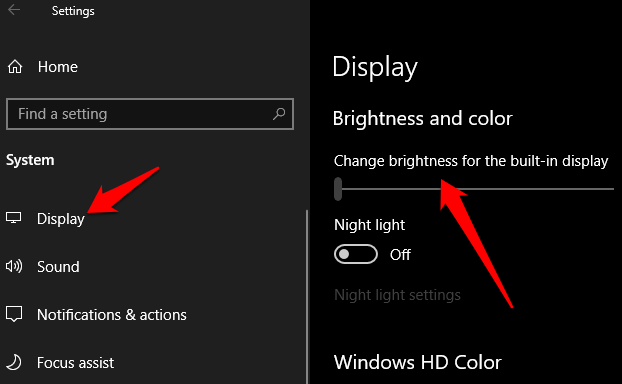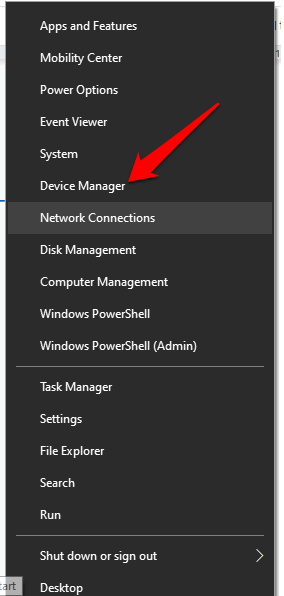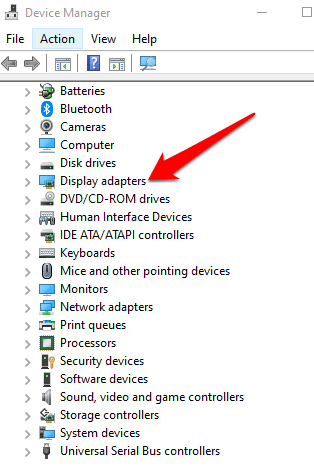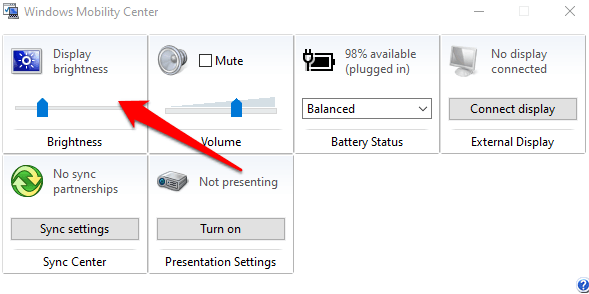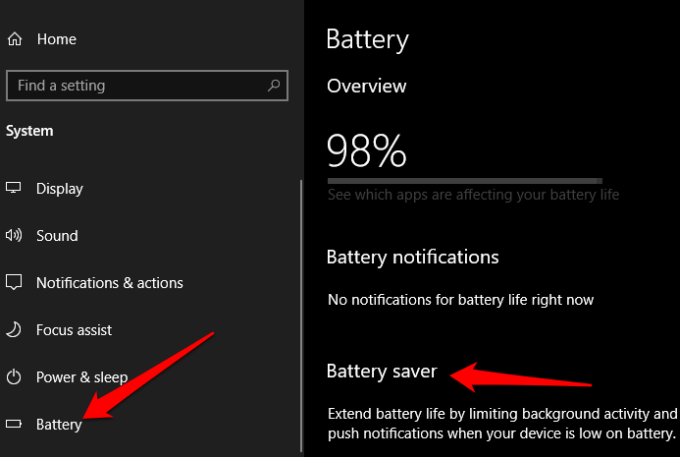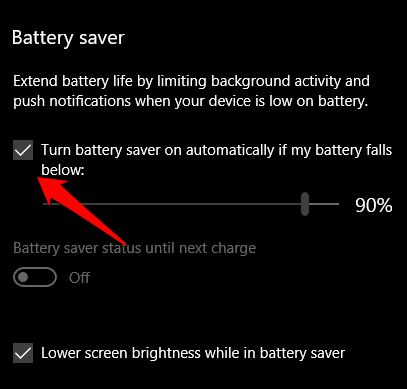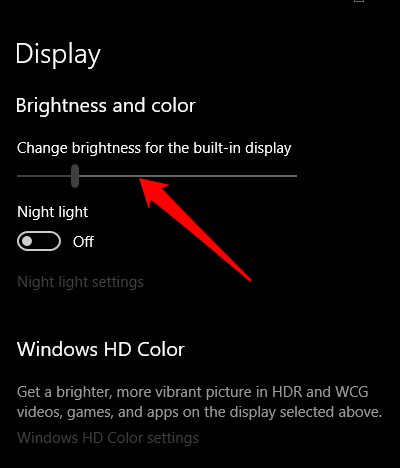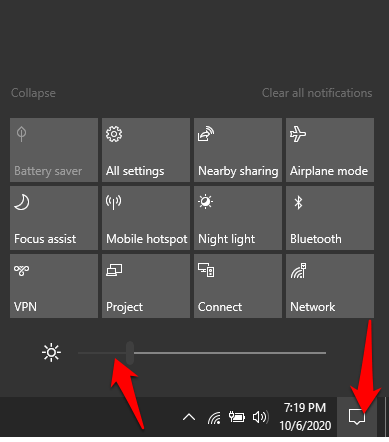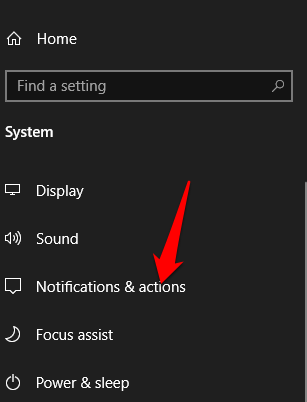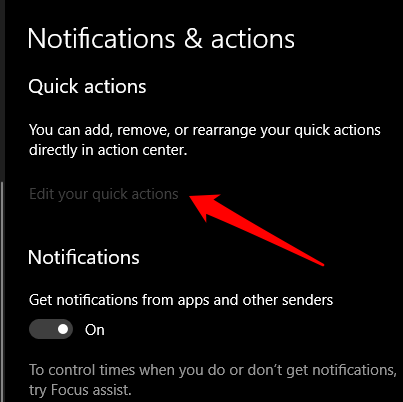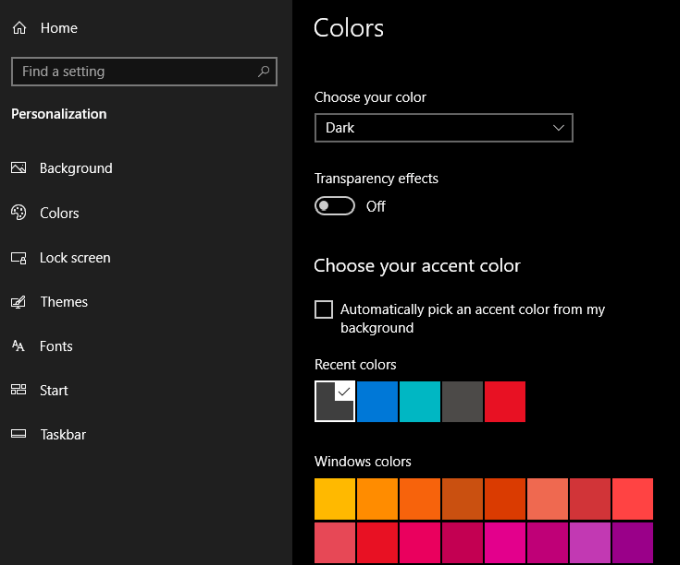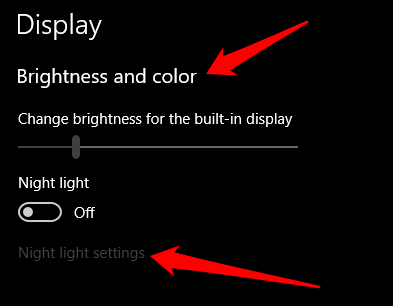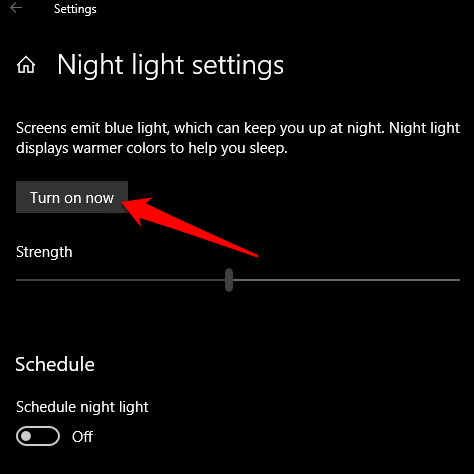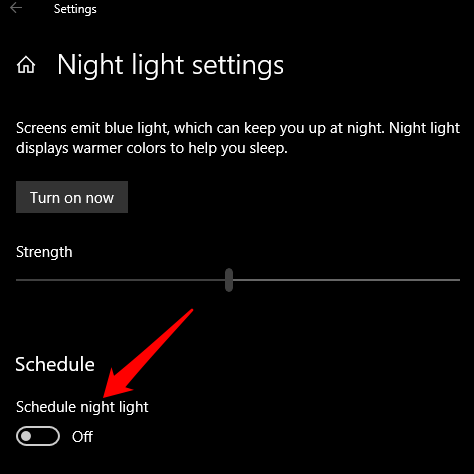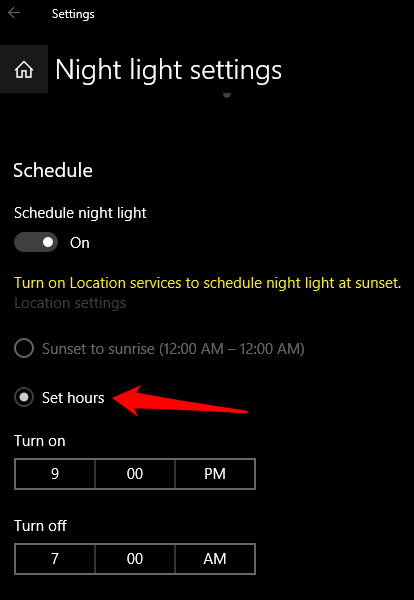For many Windows 10 users, using the brightness adjustment keys on their keyboards is a quicker way of manually adjusting the brightness level on their PCs. If, for some reason, the keys fail to work as they should, there are other methods you can use to adjust brightness on your Windows 10 PC.
How to Adjust Brightness on Windows 10
You can adjust the levels of brightness on Windows 10 manually or automatically based on surrounding light, battery life, or using a power plan.
How to Manually Adjust Brightness
You can adjust brightness manually from the computer’s display settings, from your keyboard, or using the Windows Mobility Center. Your keyboard also has dedicated keys for adjusting brightness. These keys are located next to the function keys or on the top row depending on the make or brand of your computer or keyboard. For this guide, we used a Lenovo laptop whose brightness adjustment keys are placed on the top row of the keyboard, next to the Print Screen key. The Windows Mobility Center is an alternative way to manually adjust brightness on Windows 10.
How to Automatically Adjust Brightness
You can adjust brightness on Windows 10 automatically by enabling the battery saver feature.
How to Use Adaptive Brightness to Adjust Brightness
Adaptive brightness is a Windows 10 feature that automatically adjusts your display to match the lighting conditions of your surroundings. The feature does this by tapping into the ambient light sensors, and is therefore useful in conserving battery life.
How to Adjust Brightness on Windows 10 Using Shortcuts
There are adjustment shortcuts you can use to adjust brightness on Windows 10. One of these shortcuts involve opening the Action Center in the taskbar and adjusting the brightness slider to your preferred level.
Use Dark Theme
If you find it uncomfortable spending hours in front of your computer because of screen brightness, you can enable the Windows 10 Dark Theme or use Night Light Mode. Windows 10 Dark Theme is like dark mode and it helps reduce eye strain due to prolonged computer use. You can use the dark theme to display darker tones by customizing your computer’s color scheme, thus making it easier on your eyes. The dark theme will be applied automatically to apps like Mail, Microsoft Store, Calculator, and settings menus, but you may not get it with all aspects of Windows 10. For non-Microsoft apps, you’ll have to enable dark mode in those apps. Check out our guides on how to enable dark mode on YouTube, Google apps, or macOS dark mode.
Use Windows 10 Night Light Mode
Night Light is a Windows tool that applies a blue light filter to the display. The tool doesn’t change the brightness of your display, but provides a light-theme display, which also reduces eye strain. Note: Devices that use Basic Display or DisplayLink drivers lack Night Light mode. Plus, the feature may not apply to all monitors where you have two or more monitors attached to your computer. You’ll get two options when you schedule Night Light: Sunset to sunrise, which activates night light to automatically fade in and out from sunset to sunrise. This setting depends on your time zone. Alternatively, select Set hours to set your custom Night Light intervals at your preferred hours. You can also use the Color temperature at night slider to specify the display range of your light.
Control Your Brightness Settings
We hope you’ve learned how to adjust brightness on Windows 10 to optimize your display for eye health and comfort. Do you have additional ways to adjust brightness on Windows 10? Share with us in a comment below.

